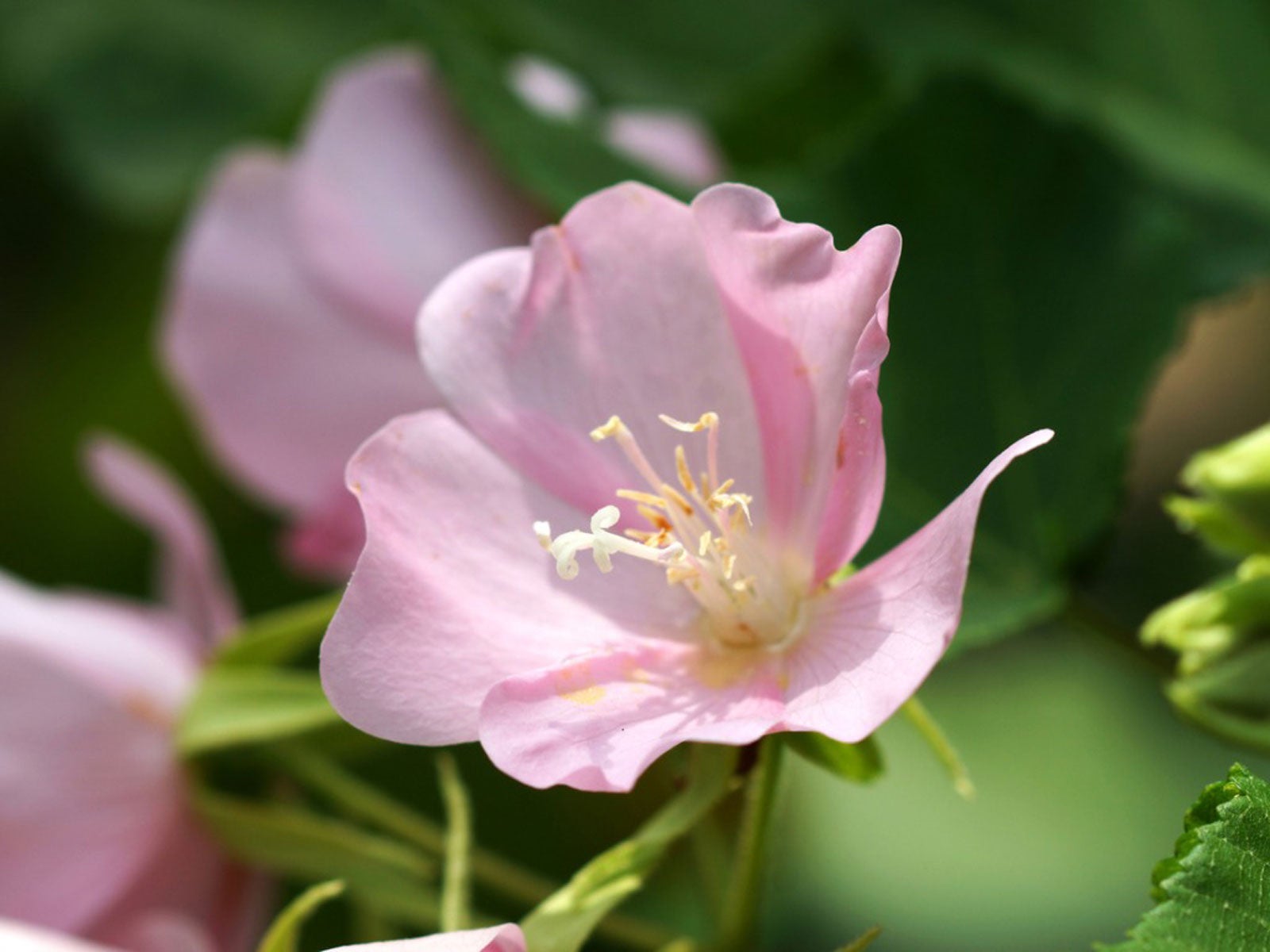Dombeya Plant Information: How To Grow A Tropical Hydrangea Plant


For those living in frost free climates, choosing flowering plants and shrubs to incorporate into the garden may feel overwhelming. With so many options, where do you start? Well if you’re focused on ornamental beauty, then choosing varieties that bloom profusely and provide full season interest is the way to go. The pink tropical hydrangea (Dombeya burgessiae) is one such plant.
Dombeya Plant Information
Tropical hydrangea plant, also known as pink wild pear flower, is a native of Africa. Reaching heights of 15 feet (5 m.), this medium sized shrub produces large clusters of pink blooms. Though technically not a member of the hydrangea family, wild pear tropical hydrangea receives its namesake for reminiscent mop-like flowerheads.
These fast-growing plants are ideal for adding privacy or color to yard spaces.
Growing Pink Wild Pear Tropical Hydrangea
Though some have attempted to grow pink wild pear Dombeya in containers, the plants are best suited for growth outdoors in tropical regions.
Before planting, select the ideal location. Make certain to consider the size of the plant at maturity when placing within landscapes. Tropical hydrangea plants grow best in sites that receive light shade throughout the day.
Pink wild pear tropical hydrangea plants are fairly carefree, as long as growth requirements are met. This includes planting in soil that is both well-draining and slightly acidic.
Routine pruning can be done each growing season after flowering has ceased. This will help gardeners maintain the desired shape and size of the plant, as well as help to keep flower borders looking neat and tidy.
Gardening tips, videos, info and more delivered right to your inbox!
Sign up for the Gardening Know How newsletter today and receive a free copy of our e-book "How to Grow Delicious Tomatoes".
Though tender to frost, pink wild pear Dombeya is able to tolerate occasional cold temperatures. Within their native range, these plants behave as evergreen perennials. Brief exposure to cold may cause yellowing and leaf drop. Most plants that have been damaged in this way will recover and resume growth when temperatures warm in the late winter or spring.

Tonya Barnett has been gardening for 13 years. Flowers are her passion. She has transformed her backyard into a cut flower garden, which she regularly chronicles on her YouTube channel http://www.youtube.com/@tonyawiththeflowers.
-
 10 Common Composting Problems That Can Spoil Your Garden Gold – Plus Easy Fixes
10 Common Composting Problems That Can Spoil Your Garden Gold – Plus Easy FixesLearn how to troubleshoot common composting issues before they ruin your stash – from bad smells and bugs to materials not breaking down as they should.
By Susan Albert
-
 Terrifically Tubular Flowers For Hummingbirds: 9 Tube-Flowered Plants To Attract Hummers
Terrifically Tubular Flowers For Hummingbirds: 9 Tube-Flowered Plants To Attract HummersGrowing tubular flowers for hummingbirds helps you create the optimum feeding conditions for your winged friends. Here are nine tubed delights for hummers
By Tonya Barnett